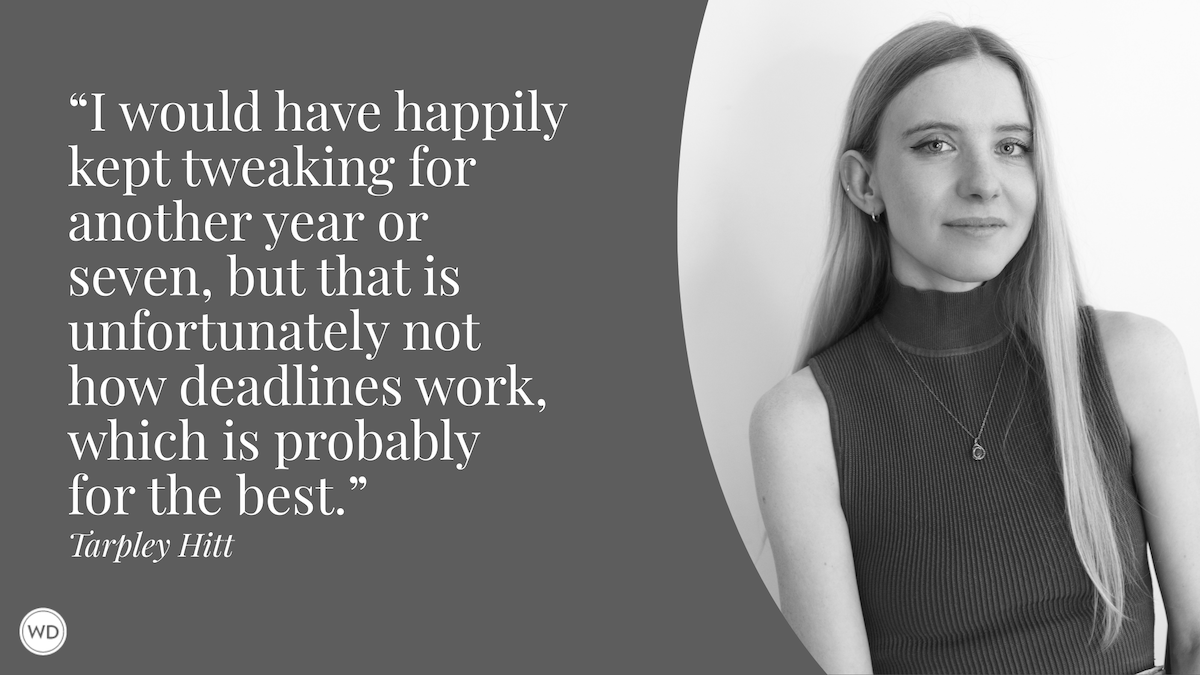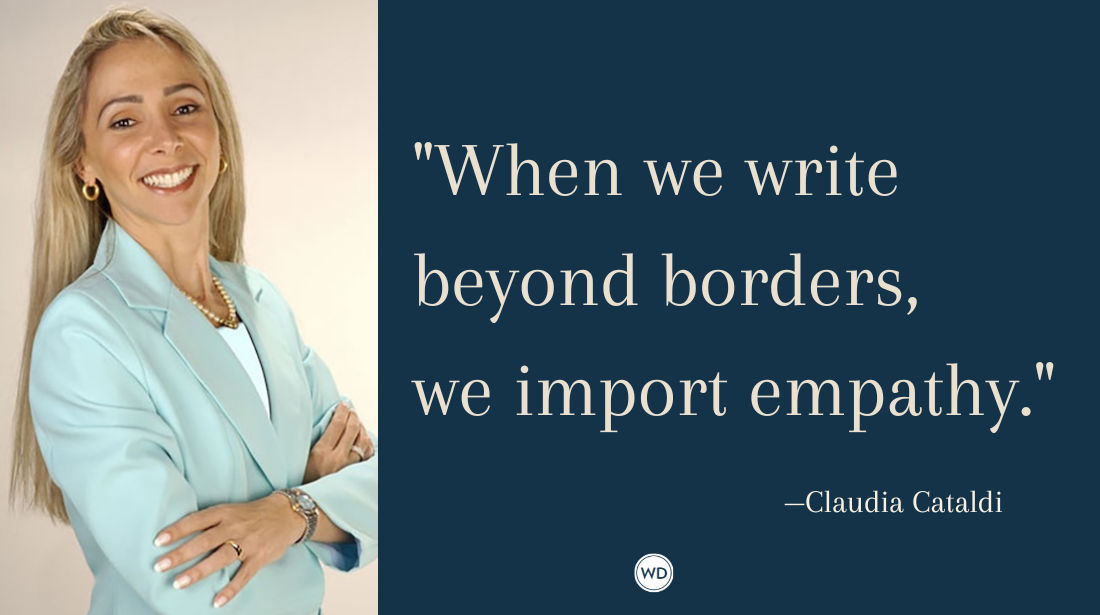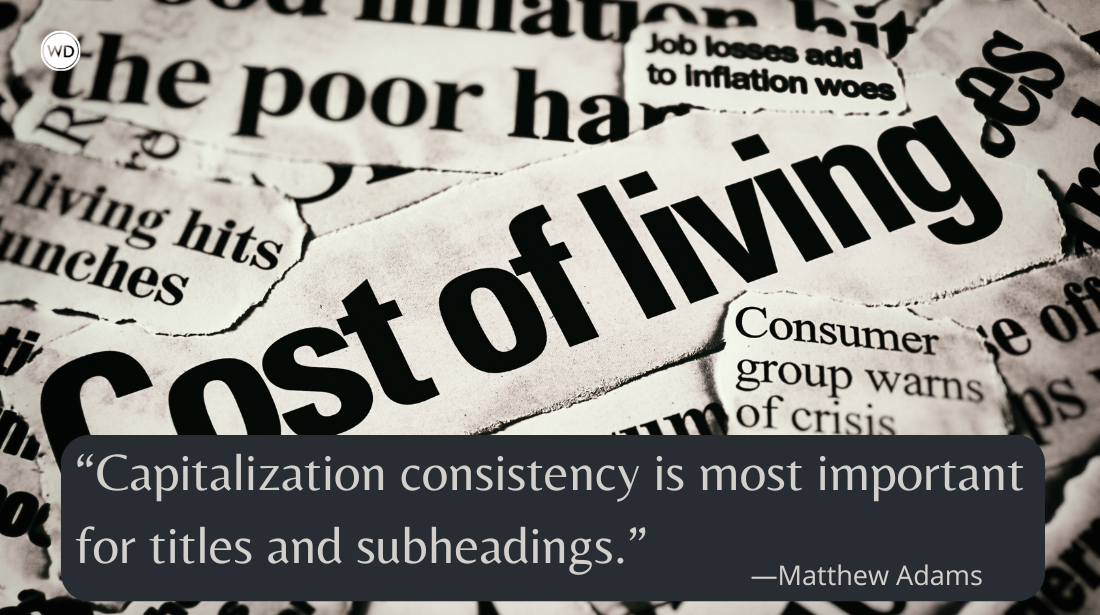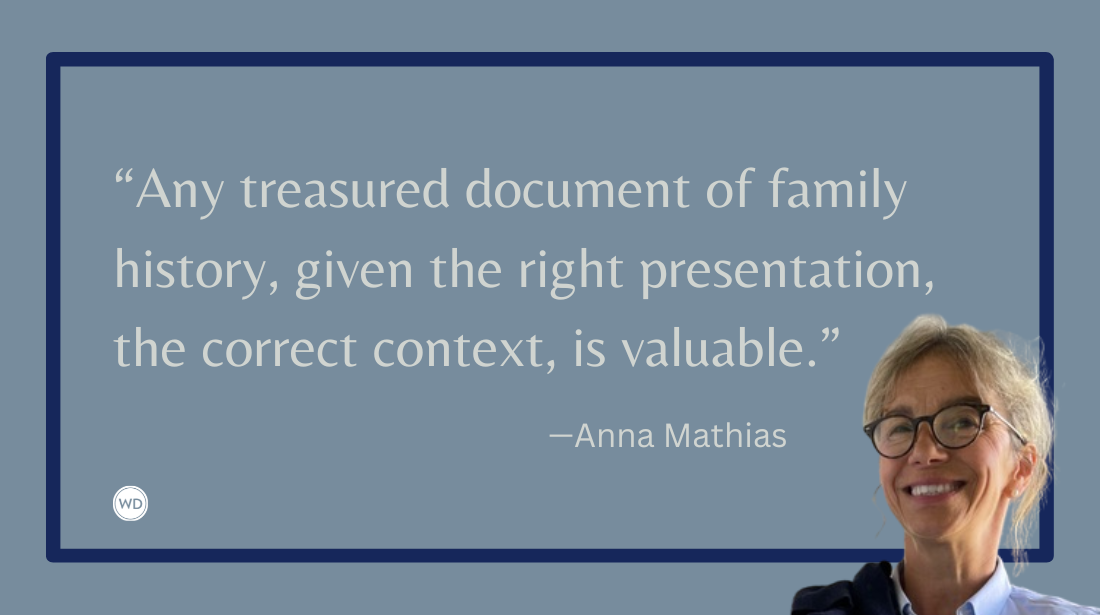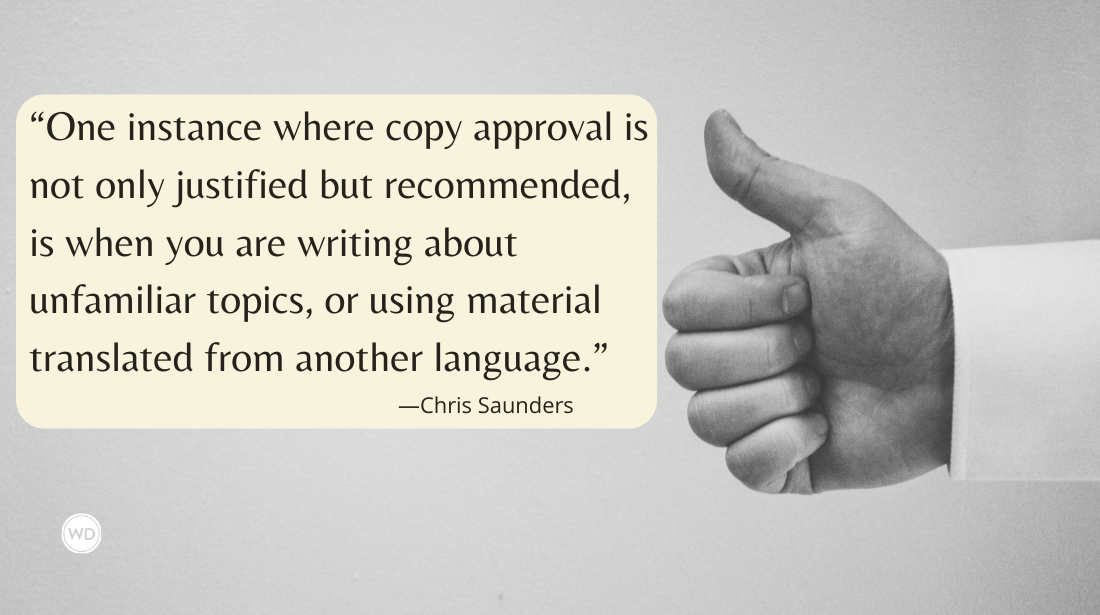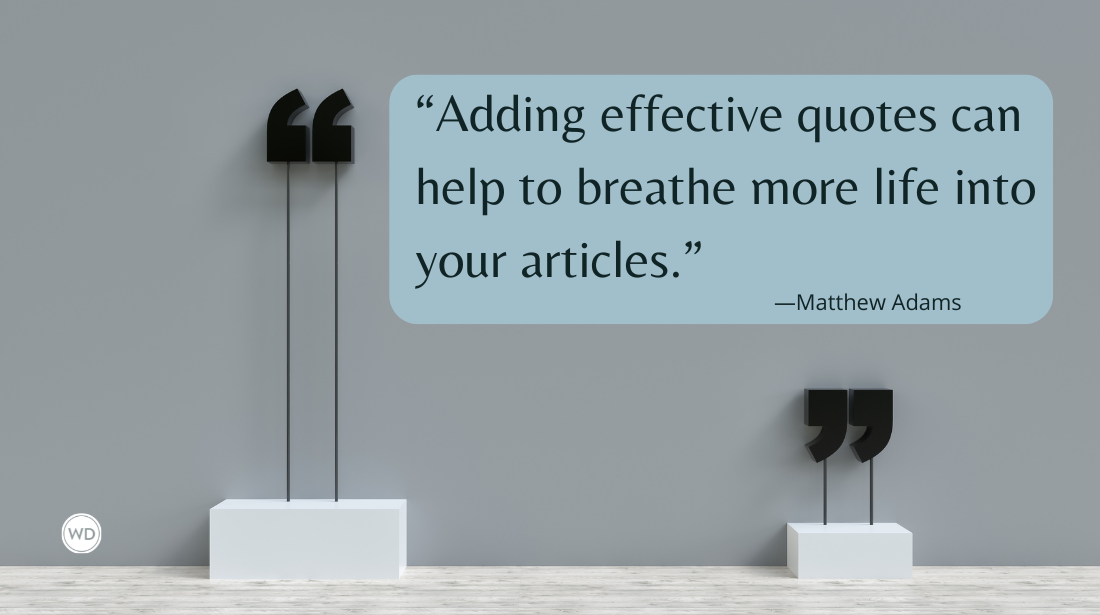How Does Clickbait Affect Online Journalism?
Journalist Alison Hill discusses the impact of clickbait on online journalism, why it exists, and whether it could be used for good.
Have you clicked on an article because of an enticing, fascinating headline, only to quickly discover that you’re reading an irrelevant, badly written fluff piece with no new information?
Those who spend considerable time online are familiar with clickbait yet fall for it consistently. (Guilty!) It’s a technique that works very well as it triggers emotional reactions and arouses our natural curiosity. Many of us click before thinking, then kick ourselves when we realize it’s junk. Cha-ching. The website just made money and too bad if it wasted your time. Sucker.
While we’ve come to expect such a gimmick from content marketers, unfortunately clickbait tactics are also commonly used in online journalism, especially digital first outlets.
So, what exactly is clickbait and why is it so prevalent?
“Clickbait” is a term used to describe online content—a headline, title, or thumbnail, that persuades or rather tricks readers into clicking through to the full article or video. These headlines are designed to evoke an emotional reaction or appeal to our curiosity. They often make sensational claims or controversial statements, using hyperbolic language and various gimmicks to lure readers in. Common clickbait phrases include, “You won’t believe…”, “You Need to See This…”, “What happened next will shock you…”, “The Real Reason why….”
You can find clickbait on websites, social media, and video platforms such as YouTube and TikTok. It’s always accompanied by an eye-catching photo and a juicy headline.
The actual content is often mediocre and misleading, sometimes having very little to do with the title or headline. It’s used to increase advertising revenue through boosting engagement metrics—page views, likes, comments, clicks, and shares. But when promising headlines fail to deliver in this way it leaves the reader feeling used, irritated, and distrustful of any future content.
Clickbait has one clear goal, to make easy money. In this sense it’s not meant for true engagement, to share vital information, advance a promising writing career, or practice thoughtful, ethical journalism. Quantity in this scenario is more important than quality.
Why does clickbait exist?
The concept behind clickbait is nothing new and it mimics the yellow journalism tactics of the past—catchy, sensationalist tabloid headlines and television infomercials. However, the digital landscape is vastly different to legacy media and always evolving. There are no clear standards online when it comes to content creators. The only purpose of clickbait is to get people to click that link and all they get for their time is a lackluster article or video.
When you bought a newspaper, you got the package deal: all the other articles, sports section, classified ads, and obituaries, not to mention a crossword, comic strip, horoscopes, and coupons on Sunday. The articles were typically well researched and written, and most importantly, edited. And you could also use old newspapers to pack the china inherited from grandma when you moved.
But anything goes online. Never has it been so easy to ‘write’ and create content, with no editor or gatekeeper in sight. Regardless of talent and skill, anyone can simply slap something together and toss it out there. All they need is a gimmicky headline and they can make money. And as humans, we’ve never been inundated with so much information and choices in one space.
Online creators are jostling for attention and in the process dumping more piles of content onto the growing digital scrap heap. AI-generated articles and videos just compound the problems, creating more distrust and frustration.
The practice reduces content creation to a hustle to make money, gain clicks and attention, rather than providing a public service to disseminate important information through articles of value and integrity.
*****
The Writer’s Digest Guide to Journalism is a practical, informative, and well-researched introduction to journalism and its best practices, with actionable advice, tips, techniques, explanations, and anecdotes straight from the field. In this digital guide, writers will learn how to write an effective news piece, skills need to be an effective journalist, outlets for publishing journalism, journalism associations, and so much more. Both inspirational and pragmatic, The Writer’s Digest Guide to Journalism is packed with valuable resources for aspiring journalists.
*****
Where does clickbait exist?
Clickbait is prevalent on most social media sites, like Facebook, X (Twitter), Instagram, Tik Tok, and YouTube. Even sites like Medium have been accused of degenerating into clickbait. Unfortunately, to compete with all the other online content, news outlets also use some of the same tactics. It can add to problems such as the spreading of disinformation and fake news stories.
It’s common on social media sites like Facebook for people to just share the article link without even reading the piece. The headline alone can create havoc in the comments section, facts and nuance be damned.
A 2024 study exploring the features of clickbait journalism and its effectiveness in driving online engagement, revealed that digital-native news outlets like Buzzfeed and Huffington Post were much more likely to use clickbait tactics than legacy outlets. The study, co-authored by UC Davis communication graduate student Salman Khawar, identifies 10 key features of clickbait journalism on social media. It concludes that clickbait does drive engagement in the form of likes and shares on social media.
“Prior research has shown that forms of sensationalism, like clickbait, and a perception of fake news and media mistrust are interconnected, and this has societal relevance,” said Khawar.
Could clickbait be used for good?
But since it’s proven to work very well in gaining attention, can the tactic also be used for good? If the content lives up to the expectations of the title, and the writer truly wants to share an important and relevant message and presents well-researched information, wider readership would be beneficial. The key is to build trust with your readers and viewers, so they’re more likely to keep clicking on posts. A good reputation can go a very long way, especially if clickbait runs its course.
Thankfully traditional media news sites are still bound by journalism ethics and must adhere to established standards. Despite criticisms of bias and lack of objectivity (which are often warranted) at least legacy media journalists are trained professionals, schooled in the principles of journalism.
If there’s no going back to print and broadcast business models, news outlets must somehow learn to survive and thrive online. To compete in the increasingly oversaturated digital space, where attention spans continuously shrink, and in a world where digital natives dominate, is the use of some clickbait a necessary ‘evil’ to get the public’s attention? Can it be used to get people in the door, so you can then surprise them with some real, homecooked, good old-fashioned journalism? Would this work? Is clickbait just yellow journalism on a larger scale?
Maybe the price we pay for online ‘free news’ is clickbait. The key is learning how to spot the worst culprits, ignore their junk, and not feed the beast, then maybe it will starve and fade away. That would make room for some quality, ethical journalism. We can only hope.
Click here for the 10 Features of Clickbait.
Alison Hill is a freelance writer, journalist, and Emmy-nominated producer who writes for print and online publications. Since 2001, Alison has been a regular guest commentator on BBC radio news shows discussing US politics and current events. Before going solo, she was a PBS producer and director and also worked as an investigative journalist for a Welsh TV series. From hosting TV shows and creating online content to going undercover with a hidden camera, she’s done it all. Alison grew up in a tiny village in Wales and speaks fluent Welsh. She’s an avid hiker, who also loves camping, kayaking, and reading. She now lives in South Carolina with her husband, 8-year-old daughter, and two rescue cats.




